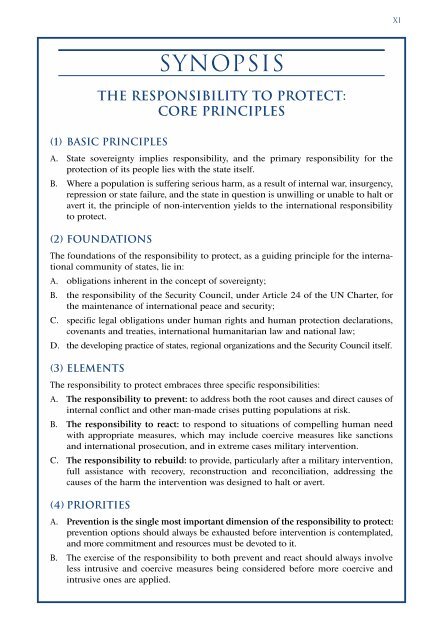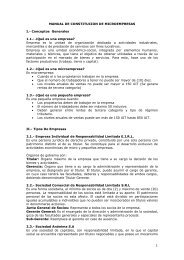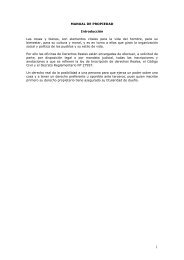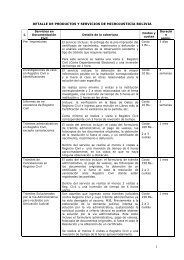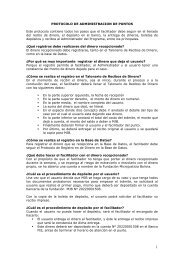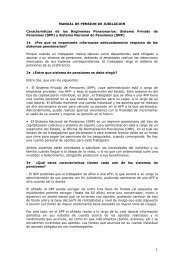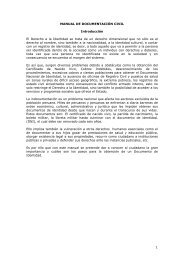ICISS report - International Coalition for the Responsibility to Protect
ICISS report - International Coalition for the Responsibility to Protect
ICISS report - International Coalition for the Responsibility to Protect
Create successful ePaper yourself
Turn your PDF publications into a flip-book with our unique Google optimized e-Paper software.
XI<br />
synopsis<br />
THE RESPONSIBILITY TO PROTECT:<br />
CORE PRINCIPLES<br />
(1) Basic Principles<br />
A. State sovereignty implies responsibility, and <strong>the</strong> primary responsibility <strong>for</strong> <strong>the</strong><br />
protection of its people lies with <strong>the</strong> state itself.<br />
B. Where a population is suffering serious harm, as a result of internal war, insurgency,<br />
repression or state failure, and <strong>the</strong> state in question is unwilling or unable <strong>to</strong> halt or<br />
avert it, <strong>the</strong> principle of non-intervention yields <strong>to</strong> <strong>the</strong> international responsibility<br />
<strong>to</strong> protect.<br />
(2) Foundations<br />
The foundations of <strong>the</strong> responsibility <strong>to</strong> protect, as a guiding principle <strong>for</strong> <strong>the</strong> international<br />
community of states, lie in:<br />
A. obligations inherent in <strong>the</strong> concept of sovereignty;<br />
B. <strong>the</strong> responsibility of <strong>the</strong> Security Council, under Article 24 of <strong>the</strong> UN Charter, <strong>for</strong><br />
<strong>the</strong> maintenance of international peace and security;<br />
C. specific legal obligations under human rights and human protection declarations,<br />
covenants and treaties, international humanitarian law and national law;<br />
D. <strong>the</strong> developing practice of states, regional organizations and <strong>the</strong> Security Council itself.<br />
(3) Elements<br />
The responsibility <strong>to</strong> protect embraces three specific responsibilities:<br />
A. The responsibility <strong>to</strong> prevent: <strong>to</strong> address both <strong>the</strong> root causes and direct causes of<br />
internal conflict and o<strong>the</strong>r man-made crises putting populations at risk.<br />
B. The responsibility <strong>to</strong> react: <strong>to</strong> respond <strong>to</strong> situations of compelling human need<br />
with appropriate measures, which may include coercive measures like sanctions<br />
and international prosecution, and in extreme cases military intervention.<br />
C. The responsibility <strong>to</strong> rebuild: <strong>to</strong> provide, particularly after a military intervention,<br />
full assistance with recovery, reconstruction and reconciliation, addressing <strong>the</strong><br />
causes of <strong>the</strong> harm <strong>the</strong> intervention was designed <strong>to</strong> halt or avert.<br />
(4) Priorities<br />
A. Prevention is <strong>the</strong> single most important dimension of <strong>the</strong> responsibility <strong>to</strong> protect:<br />
prevention options should always be exhausted be<strong>for</strong>e intervention is contemplated,<br />
and more commitment and resources must be devoted <strong>to</strong> it.<br />
B. The exercise of <strong>the</strong> responsibility <strong>to</strong> both prevent and react should always involve<br />
less intrusive and coercive measures being considered be<strong>for</strong>e more coercive and<br />
intrusive ones are applied.


